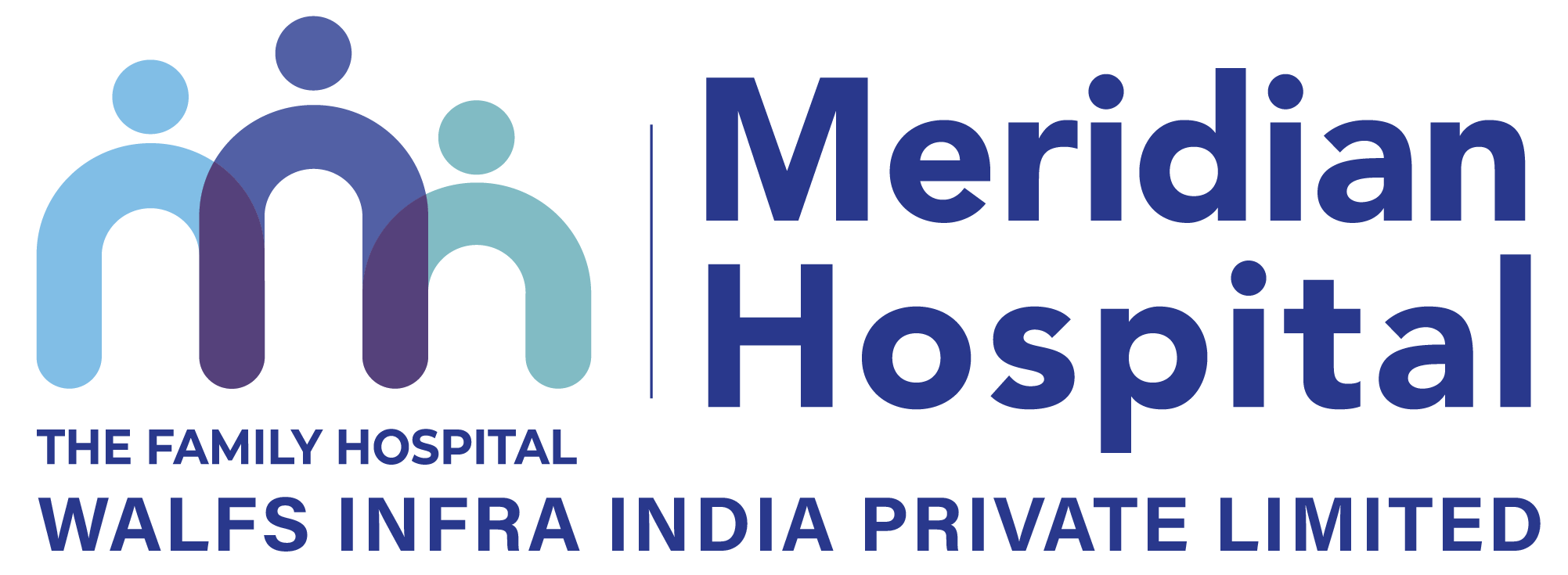Comprehensive Guide to Breast Self-Examination: Tips and Techniques
Description:
Learn how to perform a thorough breast self-examination with these step-by-step instructions and valuable insights. Discover key tips for early detection and proactive breast health management.
Introduction:
Breast self-examination (BSE) is a crucial aspect of women’s health, empowering individuals to monitor changes in their breast tissue and detect abnormalities early on. By incorporating regular self-checks into your routine, you can take proactive steps towards maintaining breast health and potentially identifying issues such as lumps or changes in texture or appearance. Here’s a comprehensive guide to performing effective breast self-examinations.
Step 1: Frequency and Preparation
- Commit to performing breast self-exams once a month, ideally around the same time in your menstrual cycle or on a chosen date for post-menopausal women.
- Choose a quiet, private space where you feel comfortable and relaxed.
- Have a mirror and a pillow nearby for added comfort during the examination.
Step 2: Visual Inspection
- Stand in front of a mirror with your arms raised and examine your breasts for any changes in size, shape, or symmetry.
- Look for skin dimpling, puckering, or redness, which may indicate underlying issues.
- Check the nipples for discharge, inversion, or changes in direction.
Step 3: Palpation Technique
- Begin by lying down on a flat surface, such as a bed or couch, with a pillow under your shoulder for support.
- Use the pads of your fingers, not just the fingertips, to ensure thorough examination.
- Start from the outer edge of the breast and move inwards in a circular motion, covering the entire breast tissue.
- Apply light, medium, and firm pressure to detect any abnormalities, such as lumps or thickening.
- Pay special attention to the area around the armpits, as breast tissue extends into this region.
Step 4: Repeat the Examination Standing Up
- Stand up and repeat the palpation technique with your arms relaxed at your sides.
- Perform the same circular motions and pressure variations to ensure a comprehensive examination.
Conclusion:
Regular breast self-examination is an essential part of maintaining breast health and detecting potential issues early on. By familiarizing yourself with your breast tissue and monitoring any changes, you can play an active role in your well-being. Remember to consult your healthcare provider if you notice any concerning symptoms or changes during your self-exams. Stay proactive, stay informed, and prioritize your breast health with regular self-checks.





